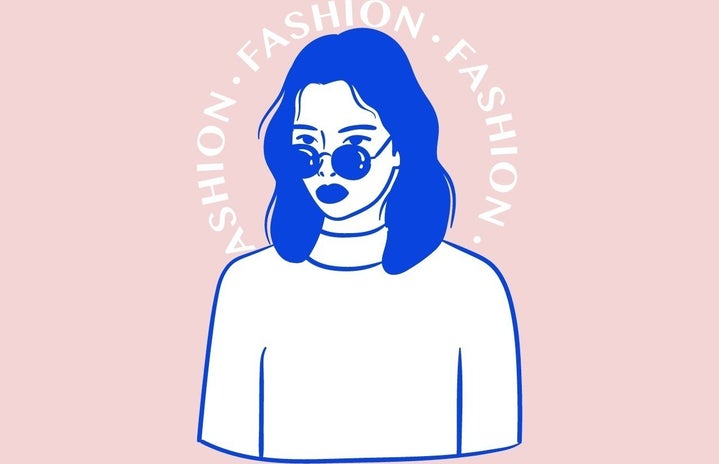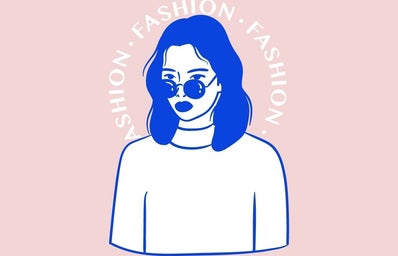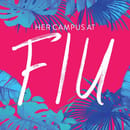It’s women’s history month, so when’s a better time to reflect on women’s fashion trends in the western world than now.
The early 1900s
The early 1900s was all about S-bend corset. The S-bend corsets were designated to do exactly what it sounds like, manipulate the body to look like the letter S. It would thrust the hips backward and force the bust to come forward, creating a pouter-pigeon illusion. The early 1900s was also synonymously known as the “Edwardian era” and was the decade of the Gibson Girl. The Gibson Girl would be today’s IG baddies and high fashion socialites. The Gibson Girl was the idealized version of physical attractiveness, popularized by the pen-and-ink illustrations of artist Charles Dana Gibson. Clothing ensembles were delicate and simple yet maintained elaborate details.
The 1920s
Flapper dresses! Pleated skirts! Shingle bob haircut! Velvet and furs! The 1920s was the time for feminine self-expression and cultural change. After the end of the First World War, an explosion of creativity began that intertwined culture, fashion, art, and music. The Roaring Twenties brought economic prosperity to Western society and was the beginning of heightened consumerism, which expanded the fashion world. This post-war time would turn women away from previously constraining garments to loose dresses and more “exposing” attire. The chemise dress became the go-to outfit for everyday wear. The chemise dress hung from the shoulders to just below the knee with the waist dropped to the hips. With the waist dropped, the hem rose, causing a sudden exposure of women’s legs and popularizing hosieries.
The 1940s
The 1940s in women’s fashion can be described by the juxtaposition between the pin-up girl and Rosie the Riveter. With the second World War in action, all resources were given for the war effort, creating fabric shortages and a need for utility clothing. The standard for women and those serving in the war as nurses and other military positions became short jackets, narrow skirts, tailored suits, peaked caps, and low-heeled shoes. These changes in fashion were caused by the War Production Board and Civilian Production Administration who issued such guidelines for the industry. The Rosie the Riveter archetype represented women taking on traditional male working roles in the war. Skirts and dresses were losing their popularity to pants for their practicality. Garments became more masculine and militaristic. However, back on the home front, pin-up girls were more popular than ever. Pin-up girl Betty Grable’s poster was ubiquitous in the lockers of G.I.s during World War II.
The 1960s
The 1960s or Swinging Sixties was a youth-driven decade filled with revolutions and movements. The 60’s fashion industry was dominated by the Youthquake cultural movement. The term Youthquake was coined by Vogue magazine and was the combination of music and pop culture that influenced fashion. Fashion houses were no longer the sole provider for inspiration. The seek for liberation and uniqueness, which was found throughout pop culture, reinvented fashion. The A-line shift dress, commonly worn by fashion icons like Twiggy, mimicked the 1920’s flapper dresses. Go-go boots, hush puppies, and pilgrim shoes were paired with mini skirts and pinafore mini dresses.
The 1980s
Fashion in the ’80s was baggy, bright, and colorful. It was cool and edgy. At the starting age of computers, music videos, and growing subcultures, fashion had to innovate. The ’80s had punk and new wave fashion, which is largely attributed to fashion designer Vivienne Westwood. Sports brands like Nike and Reebok also contributed to more relaxed but still fashionable athleisure wear. During this time, Grace Jones was one of the spearheads for androgyny in clothing in high fashion. People began to experiment outside their “gender-assigned” clothing options. Businesswomen were strutting in their power suits and padded shoulders while also following Jane Fonda’s workout videos in their leotards and leg warmers.
The early 2000s
When I think about the fashion trends of the early 2000s, I instantly think about child star actors on the red carpet. I think about Ashley Tisdale wearing a leopard flowy skirt over bootcut jeans and a sparkly scarf. It almost seemed like everyone was attending a 7th-grade formal dance. You wanted to look cute but were also mindful that your mom was one of the chaperones. The fashion of the early 2000s was a mishmash of textures, prints, and wearing every piece of clothing you own at once. Juicy Couture tracksuits, True Religion jeans, and Von Dutch hats were seen at every red carpet event. There was also a fascination with the “shipwrecked” type look that included rags upon rags, cutout shirts with ripped pieces, and belly chains. This time also gifted us with the Avante-Garde stylings of Björk and Lady Gaga.
Today
Today’s fashion inspiration is a conglomeration of past decades of fashion history thrown together on a Pinterest board. There are so many styles that people gravitate towards and cycle through. Fashion is fluid and ever-changing. Trends come in and out of fashion every day, but as long as you feel confident, wear whatever you want!



